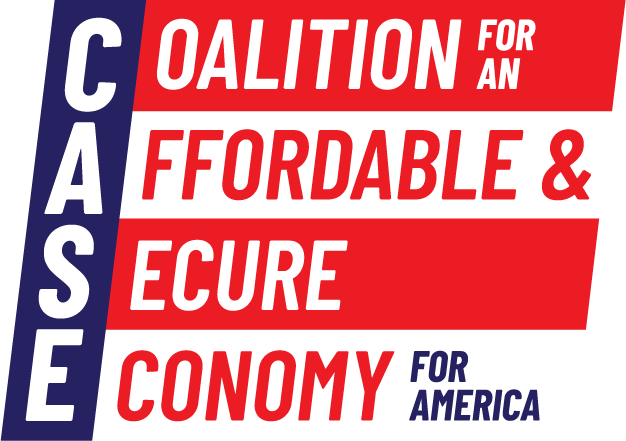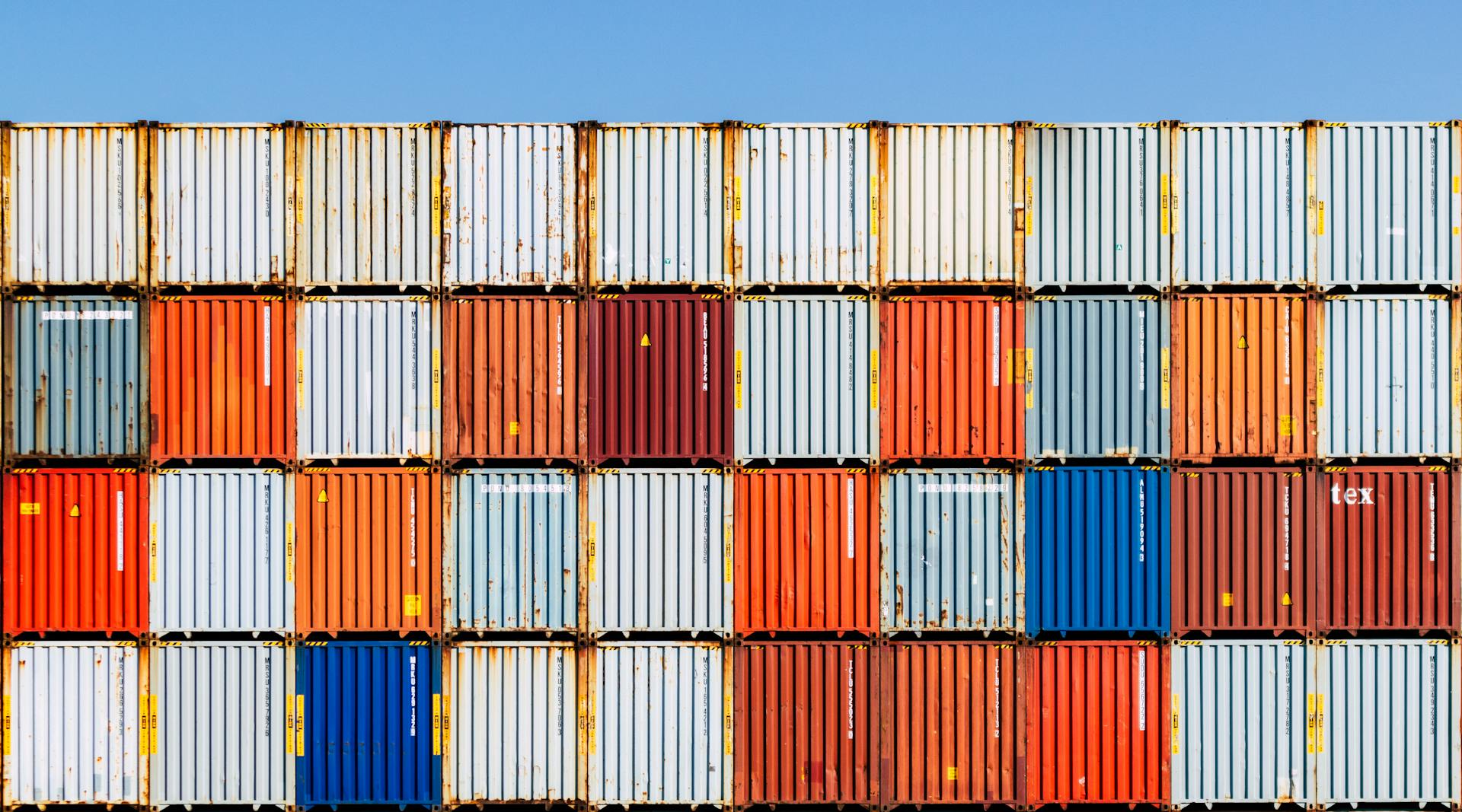Ohio and Michigan are two of the top 10 leading states in producing goods exported from the United States. Known for efficient large-scale production, manufacturing and farming industries, these two Midwest powerhouses could face devastating economic blows as a result of new tariffs.
Ohio and Michigan both dealt with negative effects of tariffs during President Trump’s first term, as businesses suffered significant financial losses and thousands of jobs were eliminated. Now, it’s deja vu as the states are bracing for similar outcomes that will hurt middle- and working-class families the most.
Tariff Impact On Ohio and Michigan During President Trump’s First Term
- 2018 tariffs on Mexico threatened up to $2.3 billion in Ohio imports. (Cleveland.com, 6/5/19)
- In a 2019 survey of Ohio manufacturers, 14 companies were severely harmed by tariffs for every one company that strongly benefited. (CNN, 3/7/19)
- Another Ohio survey reported that 66% of manufacturer respondents said they were harmed by tariffs. (CNN, 3/7/19)
- The Ohio iron and steel industry paid for the largest share of losses due to Canadian retaliatory tariffs in 2019, an amount more than $1.1 billion. (Site Selection, 5/19)
- Tariffs in President Trump’s first term led to the closure of one of Michigan’s largest steel plants, putting 1,250 workers out of work and spoiling a proposed $600 million upgrade plan due to deteriorating market conditions. (Reuters, 10/10/20)
- The Michigan manufacturing sector employed 55,100 fewer employees as a result of 2018-2019 tariffs. The state’s metals manufacturing industry employed 7,300 fewer workers over the same time frame. (Reuters, 10/10/20)
- Ford and General Motors both reported $1 billion each in increased steel costs as a result of tariffs in 2018. Both automobile giants closed a plant in Michigan between 2018 to 2020. (Reuters, 10/10/20)
- A Michigan-based metal and tool parts manufacturer lost contracts worth up to $3.6 million due to tariffs in President Trump’s first term. (Reuters, 10/10/20)
Tariff Impact On Ohio and Michigan Today
- The Ohio economy is expected to take a $6 billion hit from newly imposed tariffs. (Ohio Capital Journal, 3/5/25)
- Ohio sells more goods to Canada than any other state, with totals in 2023 of $21 billion in exports and $17 billion in imports from the United States’ northern neighbor. (WKYC Studios, 3/12/25)
- Ohio economists expect households to spend $1,000 to $1,200 more for the same amount of goods within a year. (WKYC Studios, 2/3/25)
- Canada is Ohio’s leading export destination, followed by Mexico and China. (WKYC Studios, 2/3/25)
- Michigan imports more than $3 billion worth of agricultural and food products from tariff-impacted countries. (Daily Detroit, 3/3/25)
- Steel and aluminum tariffs will cut employment in Michigan’s transportation equipment manufacturing industry by 600 jobs through 2026. (Crain’s Detroit Business, 3/3/25)
- A Michigan economist noted that tariffs could result in an $8,000 cost increase on a pickup truck assembled in North America. (Crain’s Detroit Business, 3/3/25)
- Canada and Mexico buy 66% of all of Michigan’s exported products. (Crain’s Detroit Business, 3/3/25)
What Ohioans and Michiganders Are Saying About Tariffs Today
- Ned Hill, Economics Professor Emeritus, The Ohio State University: “The American consumer is going to pay. There’s a small number of industries and a small number of workers who do benefit, and a larger number of industries and a much larger number of workers that pay the price and consumers pay the price.” (WKYC Studios, 3/12/25)
- Ty Higgins, Spokesperson, Ohio Farm Bureau: “Canada and Mexico are Ohio’s two largest markets for agricultural commodities like corn, soybeans, wheat, dairy, pork and beef. We are concerned that tariffs can lead to retaliation against U.S. agricultural exports. This can result in restricted markets and lower prices for farmers. After a nearly 30% drop in farm income over the past three years, more uncertainty is not helpful to Ohio farmers.” (Axios, 3/4/25)
- Jonathan Todd, Vice Chair of Transportation & Logistics Practice Group, Benesch: “The question of trade with Canada and Mexico is much more divisive. What that naturally leads to is companies have to make up the difference in some way and so it’s often the case that the actual burden of paying those goes to the customers.” (WKYC Studios, 2/3/25)
- Kirk Merritt, Executive Director, Ohio Soybean Association: “Back in 2018, the administration acknowledged that there were negative impacts on farmers. We certainly do expect soybean prices to decline and our export volumes to decrease. We feed the world. We rely on those export markets, so we certainly are concerned that those markets might be negatively impacted.” (10 WBNS, 3/4/25)
- Jared Pincin, Associate Professor of Economics, Cedarville University: “When it’s out of season in the United States, you’re going to see a lot of those [produce] come in from Mexico. So tariffs will just be a higher cost on those fruits and vegetables. If you’re a restaurant, for example, and you happen to be bringing goods from that area, you’re going to see a higher price than you would have otherwise.” (WDTN 2 News, 3/3/25)
- David Ortega, Professor, Michigan State University: “Imposing tariffs on our trading partners can lead to retaliatory tariffs from other countries, which hurt U.S. exporters – especially in agriculture and manufacturing. We saw this play out during the U.S.-China trade war, where tariffs led to higher costs for consumers and significant losses for American farmers.” (MSU Today, 2/21/25)
- Jason Miller, Professor, Michigan State University: “Tariffs on Canadian and Mexican auto parts and finished vehicles will be highly detrimental to Michigan. For example, over 50% of imported auto parts from Canada have a final destination in Michigan, where they are used by automakers as inputs into either other auto parts (e.g., broader assemblies) or directly put into finished vehicles. Likewise, Michigan is a key state of final destination for auto parts produced in Mexico. Michigan firms also import a lot of steel and aluminum from Canada for use in making their goods. These products will become less cost competitive due to higher steel prices.” (MSU Today, 2/21/25)
What Ohioans and Michiganders Said About Tariffs During President Trump’s First Term
- Jack Schron, CEO, Jergens: “At this point, the biggest problem is our domestic steel suppliers. They’ve raised their prices 17%. They’ve probably wanted to do that for a long time. I wished that they had taken into consideration what is the impact on the consumer of the steel.” (CNN, 3/7/19)
- Edward Hill and Fran Stewart, Professors, The Ohio State University: “We note that Ohio is the state that is most affected by the retaliatory tariffs put in place by Canada. And a poll of Ohio manufacturers that was completed in January shows that more of Ohio’s manufacturers were harmed by the trade skirmish than benefited from it.” (Site Selection, 05/19)
- Pat LeBlanc, Chairman, EBW Electronics: “I can tell you, for businesses like mine and many others, this is strictly a tax on us. We pay the money in order to release our products, we have to pay the U.S. government to get (goods) released at the port of entry.” (Holland Sentinel, 6/6/19)
- Charley Ballard, Economics Professor, Michigan State University: “I think that the tariffs have already had a negative impact on the U.S. economy. We’ve seen the U.S. economy slow down. I don’t believe anybody believes the U.S. is in a recession just yet, but it has had a negative effect. It’s a tricky time for the U.S. economy.” (Michigan Advance, 9/18/19)
- Robert Greers, Grain Merchant, Michigan Agricultural Commodities: “The tariffs are having a significant impact on the demand for Michigan soybeans going forward. We’re already not exporting anything. We’re already in a bad situation. It’s hard to make it a worse situation than it already is.” (M Live, 8/28/19)

